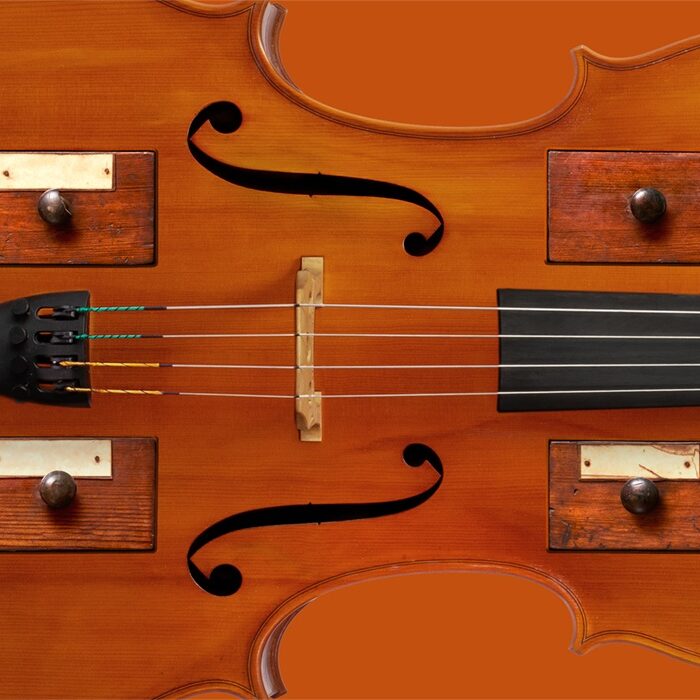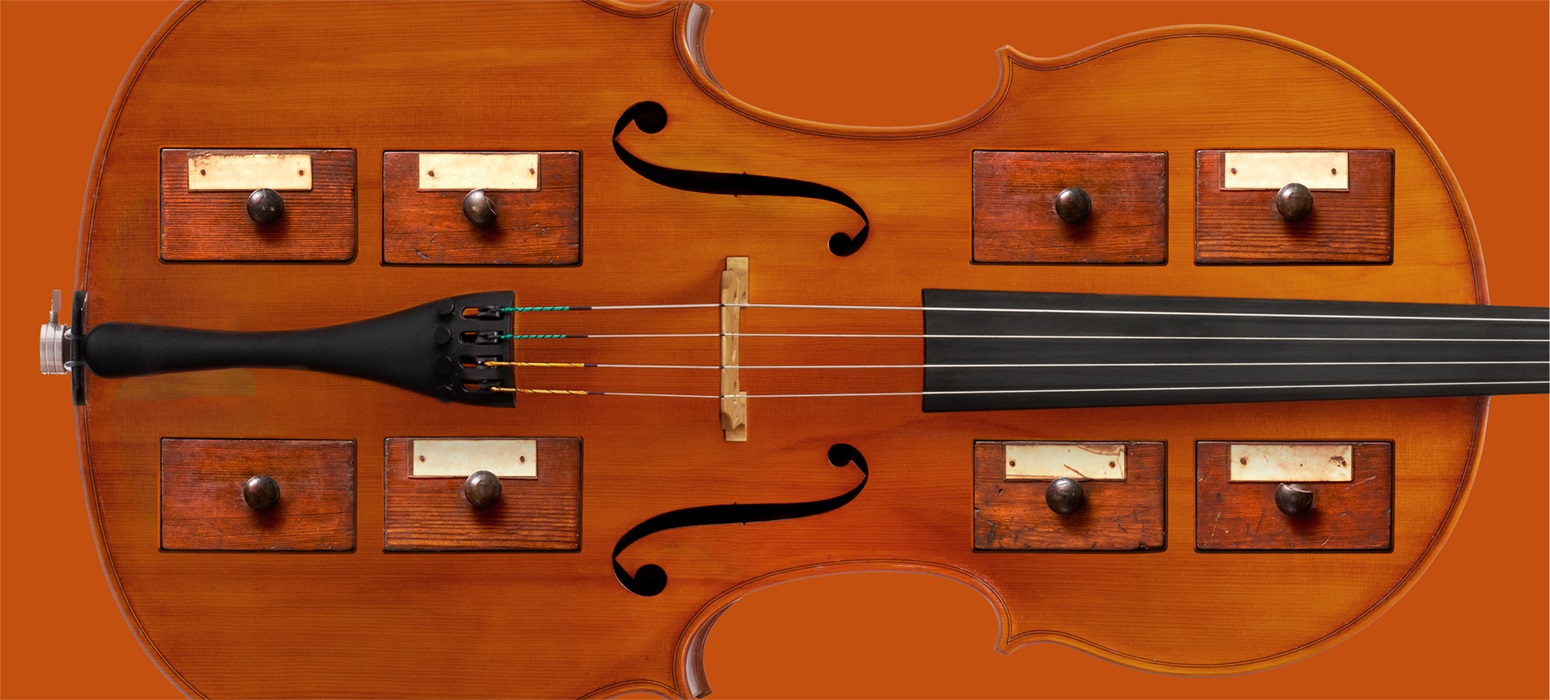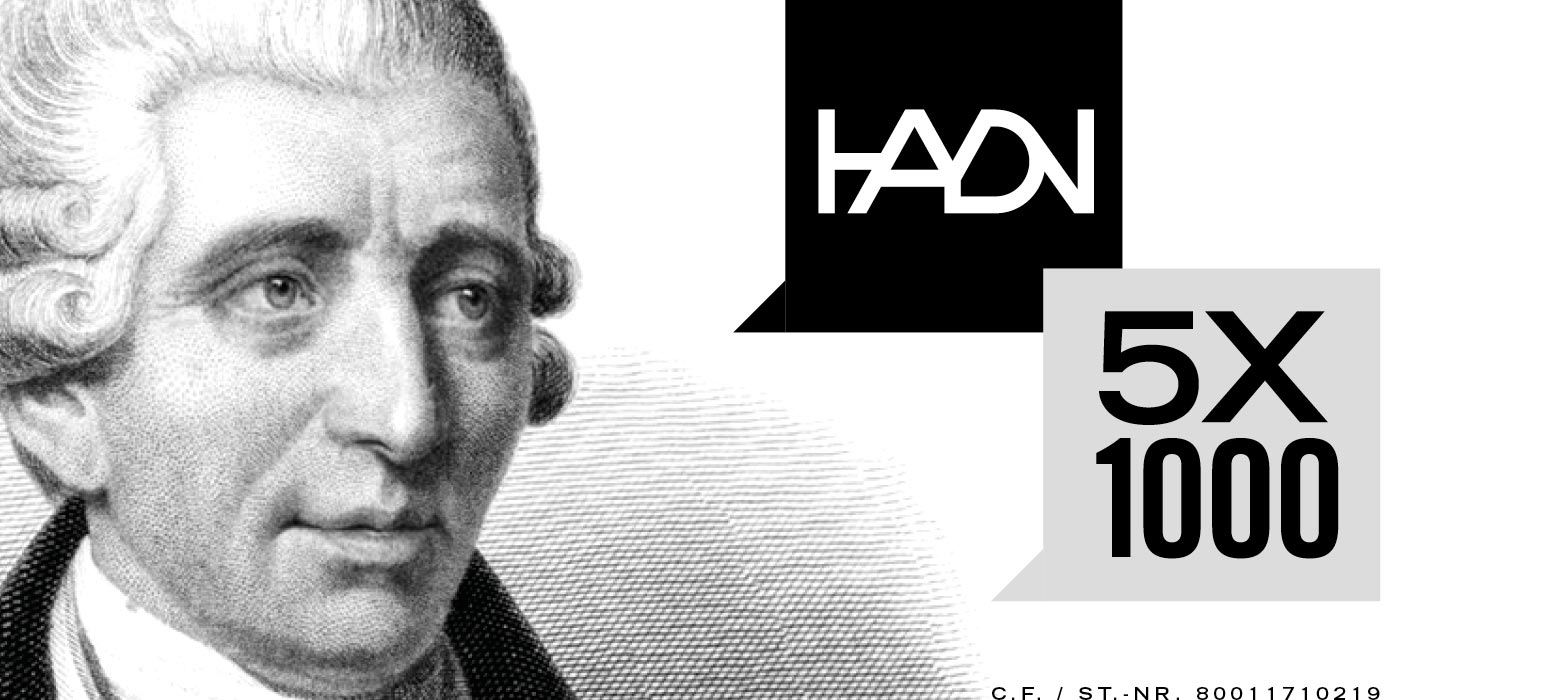What is a Danish composer doing in a classroom at the Athens Conservatory? Looking out the window, he writes music that, like the sun chariot driven by Helios in Greek mythology, “sets off” in a dynamic orchestral crescendo and fades at dusk “as it sets.” “Calm and darkness, then the sun rises with a joyful hymn of praise, follows its golden path, and sets peacefully in the sea,” is how Carl Nielsen described the work he presented to concert audiences in 1903.
The Danish master of improvisation Niels Viggo Bentzon composed neoclassical symphonic music and works for prepared and detuned piano, arranged experimental sound collages, organized Fluxus happenings, proclaimed metamorphosis as “the form of our time,” and with an opera omnia comprising 664 opus numbers became one of the most prolific European composers of the 20th century.
In 1862, or according to some sources even as early as 1855, Brahms jotted down the first notes of his First Symphony. Yet only in 1868 did he “find,” in Switzerland, in the call of an Alpine horn, the melody that would characterize the final movement. The premiere in 1876 was a triumph, and Brahms was increasingly regarded as Beethoven’s successor. Asked later about the “unusual closeness” of the C major theme in the fourth movement to the famous Ode to Joy in the Ninth Symphony, he is said to have replied: “Absolutely, and what is even more unusual is that any ass can notice it straight away.”





